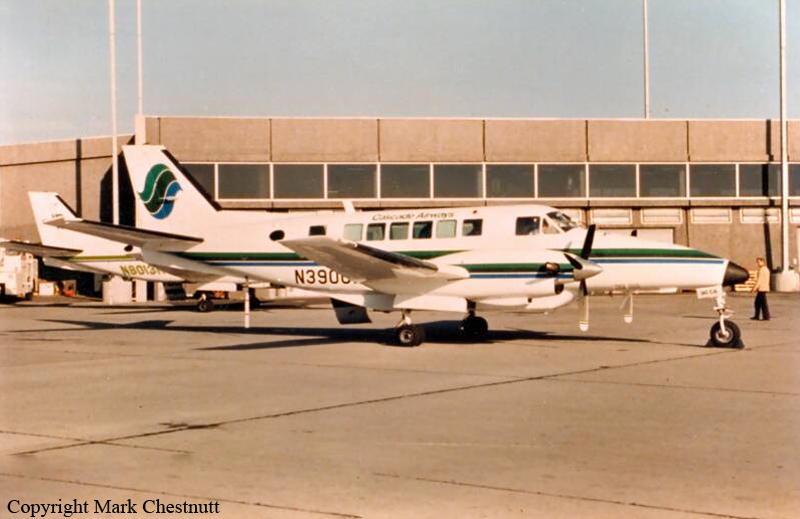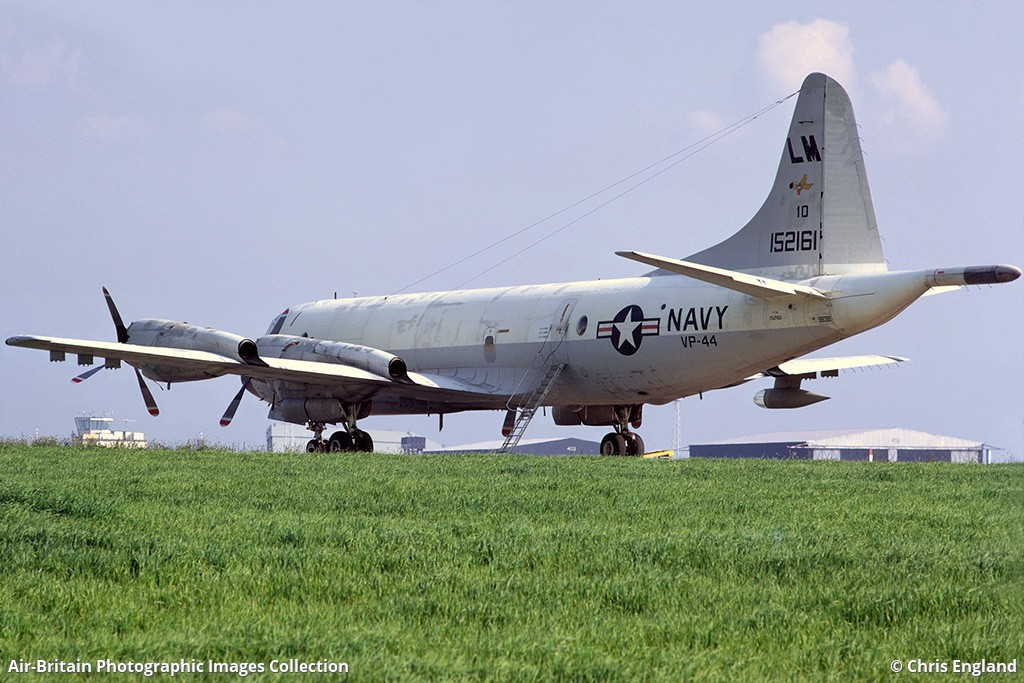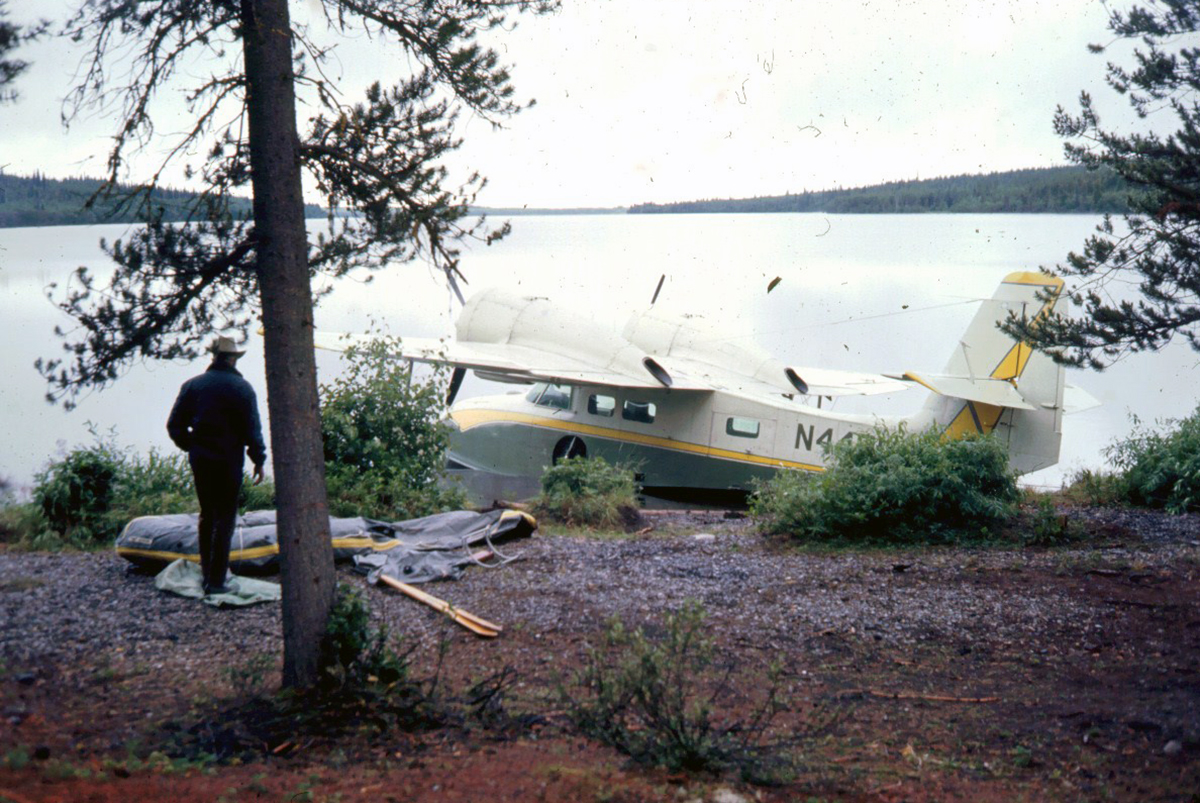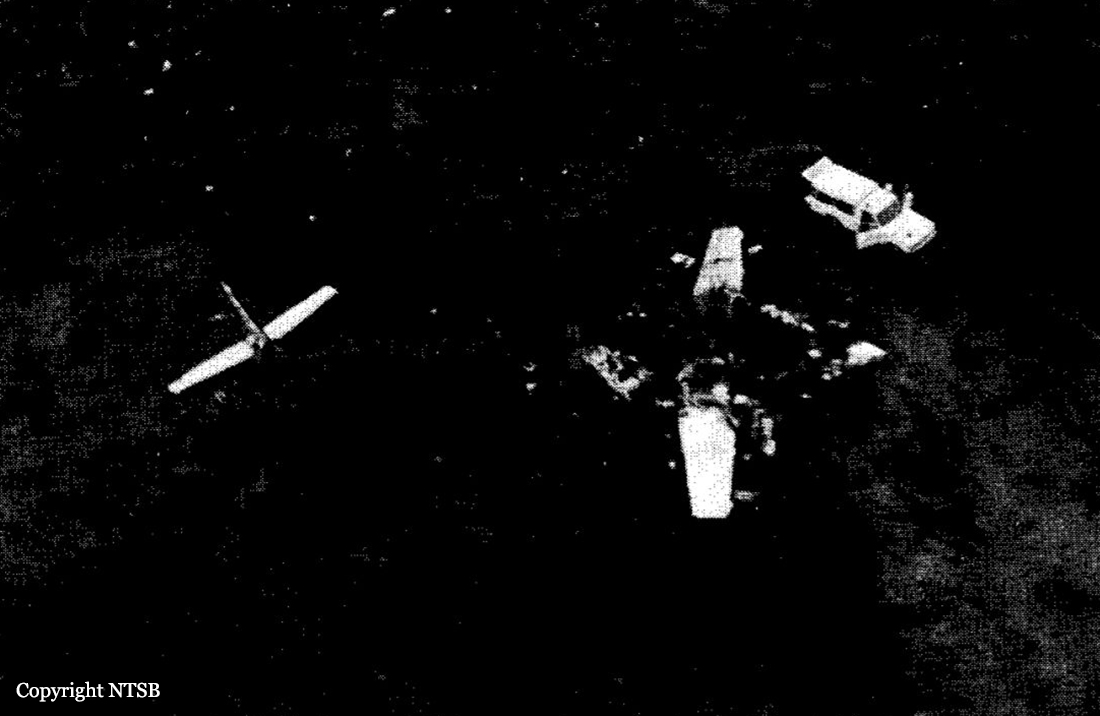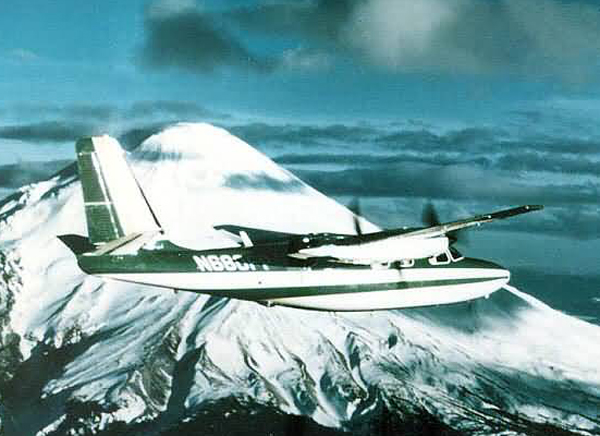Crash of a Beechcraft 99A Airliner in Spokane: 7 killed
Date & Time:
Jan 20, 1981 at 1127 LT
Registration:
N390CA
Survivors:
Yes
Schedule:
Seattle - Moses Lake - Spokane
MSN:
U-101
YOM:
1969
Flight number:
CZ201
Crew on board:
2
Crew fatalities:
Pax on board:
7
Pax fatalities:
Other fatalities:
Total fatalities:
7
Captain / Total hours on type:
7000.00
Copilot / Total hours on type:
3102
Aircraft flight hours:
23322
Circumstances:
The aircraft crashed during an instrument approach in IMC at Spokane-Intl Airport. The aircraft hit a hill about 4.5 miles from the runway threshold at an elevation of 2,546 feet. The minimum descent altitude for the instrument approach procedure was 2,760 feet. Of the nine persons aboard flight 201, seven were killed and two were injured seriously. The instrument approach procedure the fiightcrew used required that a altitude of 3,500 feet be maintained until the aircraft passed the final approach fix, located 4,5 miles from the runway threshold. The aircraft impacted the ground near the location of the final approach fix, which was about 1,800 feet southeast of the Spokane VORTAC.
Probable cause:
A premature descent to minimum descent altitude (MDA) based on the flight crew's use of an incorrect distance measuring equipment (DME) frequency and the flight crew's subsequent failure to remain at or above MDA. Contributing to the cause of the accident was the design of the DME mode selector which does not depict the frequency selected and the failure of the flight crew to identify the localizer DME facility.
Final Report:
